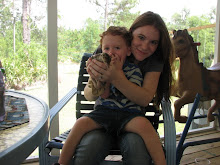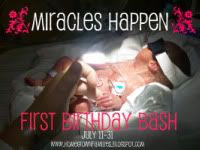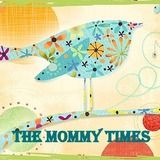Early Childhood Education – The Best Time For Bilingual Learning
While no one knows how long this current economic trend will continue, if it does, our children will grow up to enter a workforce in which the competition for decent-paying jobs will be nothing short of cut-throat. It goes without saying that a good education is one of the best ways to prepare that child for the future and that a lot of things they learn now can only help them.
The Bilingual Future
Almost from the beginning, the U.S. has been a land of immigrants, and while the "melting pot" has been an interesting theory, it has not happened in practice. On the contrary, most major U.S. population centers have become more of an ethnic and linguistic checkerboard; Spanish, Russian, Vietnamese and Chinese speakers represent some of the fastest-growing segments of the immigrant U.S. population. A bilingual future is the direction that our nation is going in, where bilingual ability may not only be advantage to have, but a necessity.
Getting Ready
In traditional teaching, children are taught a second language starting in middle school, or even high school. However research has shown that this teaching can begin at their child care facilities. Studies prove that the optimal period in a child's life for multilingual education is during the preschool years – at exactly the same time they are learning their first language. Yes, it is possible to learn a second and third language later in life, but it is more difficult, because that neurological "window of opportunity" – when the brain is most malleable – has passed.
Professor of Psychology at McGill University in Montreal, Dr. Fred Genessee, states it's as easy for young children to learn two or three languages as it is for them to learn one. He's not alone; educators throughout the world (in countries that often have two or even three official languages) have understood this for decades.
The way a child should learn a second language is by actually speaking it in a total immersion environment. You may recall an episode of the animated series The Simpsons in which young Bart gets trapped on a farm in France – and by the end of the episode, finds he's actually speaking the language. While this was a fictional scenario, the phenomenon is real; anyone who has taken young children abroad to stay with relatives in a foreign country for any length of time has observed this happening.
Co-written by Emily Patterson and Kathleen Thomas
Emily and Kathleen are Communications Coordinators for the network of Texas child care facilities belonging to the AdvancED® accredited family of Primrose child care schools. Primrose Schools are located in 16 states throughout the U.S. and are dedicated to delivering progressive, early childhood, Balanced Learning® curriculum throughout their preschools.

















































1 comment:
Have you considered sign language as a second language?
Post a Comment